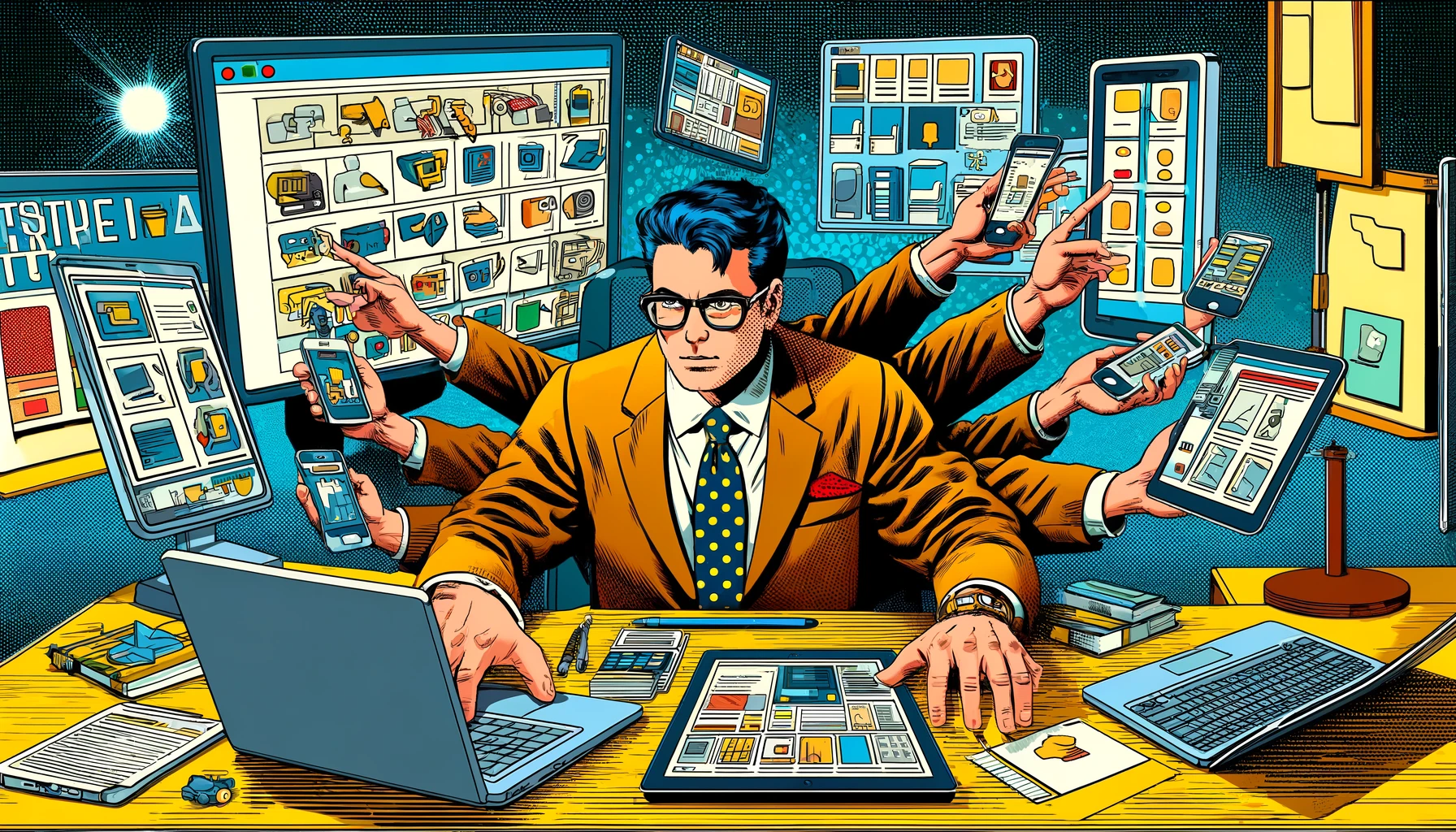In the ever-evolving landscape of information and technology, the concept of constructing a second brain has emerged as a pivotal strategy to amplify our capabilities and achieve greater success in both our professional and personal pursuits.
In a world where information serves as the cornerstone of progress, from attaining milestones in our work projects to embarking on entrepreneurial ventures, the ability to access the right information at the right time has become indispensable.
Picture this: Every day, we consume an astonishing volume of information, equivalent to approximately 34 GB, as revealed by recent studies. This inundation of content, however, often leaves us feeling overwhelmed and anxious, causing us to swiftly forget what we’ve learned. Despite having limitless access through the internet, we find ourselves grappling with the challenge of effectively managing this information deluge.
Further highlighting this issue, Microsoft’s data discloses that an average employee spends around 76 hours per year scouring various sources for information, including notes and files. Additionally, a Data report uncovers that a staggering 96% of the knowledge we routinely work with is wasted in the process of searching and organizing information across multiple platforms. Astonishingly, only 56% of that time is spent locating the truly relevant information required for our tasks.
This inefficiency exacts a significant toll on our productivity. If we extrapolate this waste to a typical workweek, we could be forfeiting nearly an entire day’s worth of work. Now is the time for a paradigm shift – to move away from the notion that we must rely solely on our memory and recognize that we need not burden ourselves with the task of remembering, much like machines do.
Recognizing the escalating cognitive demands of modern life, it is imperative that we adopt a different approach. We must harness technology as an extension of our minds, allowing it to function as our second brain. By doing so, we liberate mental energy previously spent on recalling details, channeling it towards more meaningful activities such as fostering creativity, strategic thinking, and collaboration.
To encourage the development of this second brain, Tiago Forte presents five key propositions:
- Continuous Capture: Utilize a dependable digital tool to capture your ideas, thoughts, and notes. This prevents the loss of valuable information and ensures easy access when needed.
- Structured Organization: Categorize and organize your records with clear labels and tags. This facilitates the swift retrieval of precise information.
- Effective Search: Learn to adeptly employ search tools to swiftly access the information you require.
- Synthesis and Action: Condense relevant information into key points to facilitate informed decision-making and prompt action.
- Meaningful Connections: Forge links and connections among diverse fragments of information to gain a more comprehensive understanding and generate fresh ideas.
In conclusion, the journey of constructing a second brain, fortified by the integration of information technologies, offers us a critical edge in navigating the sea of knowledge in the modern age. Embracing these proposed strategies grants us the freedom to cultivate creativity and innovation, while optimizing our efficiency and ability to make informed choices.




+ There are no comments
Add yours